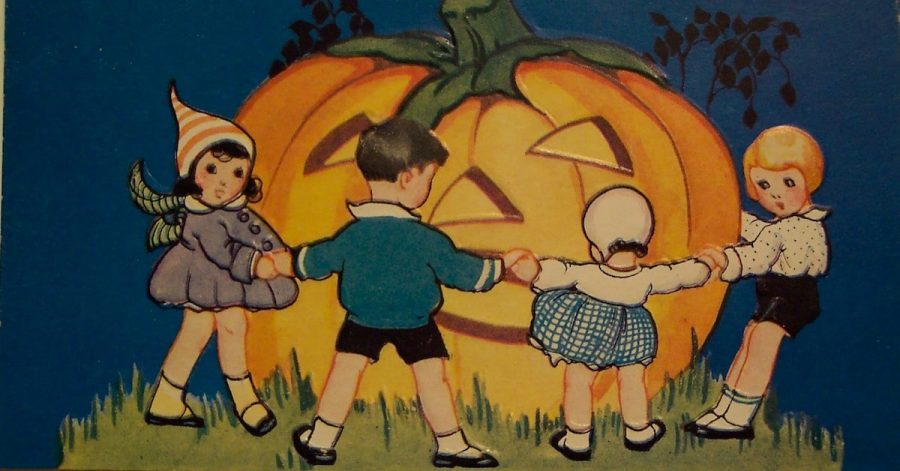Spooky Season’s History
The history behind one of the most popular holidays.
It’s that time of the year again. The leaves are crunchy, the air is crispy, and the Starbucks Pumpkin Spice latte is back. Feelings of nostalgia and memories of childhood trick or treating return to us along with the colder climate and colorful leaves. Halloween is just around the corner. It is one of the most celebrated holidays in the world, along with Christmas and New Years. Halloween has been celebrated for over 2,000 years and has a fascinating history.
Halloween originated from an ancient Celtic festival called Samhain, which marked the end of summer and the beginning of the dark, winter season, which was often associated with human death, according to www.history.com. The Celts believed that on the night before the new year, which was celebrated on Nov 1st for the Celts, a gateway between the living world and the world of the dead would open. The Celts believed that if they dressed up as ghosts and lit bonfires, they could keep the spirits away, as they believed that spirits caused problems and crop destruction.
Later on in 43 A.D, the Roman Empire had taken control of most of Celtic land. During the time of the Empire’s rule, they combined two of their festivals (Feralia and Day of Pomona) with that of Samhain, which is where the tradition of apple bobbing originated. 566 years later in 609 A.D., Pope Boniface IV designated Nov 1st as All Saints Day, which celebrated all saints and martyrs in Catholic history.
Around the ninth century, Christianity’s influence had spread to the Celtic lands, where the traditions of All Saints Day and the modified Samhain blended together. However in 1000 A.D the Christian church attempted to replace the Samhain with All Souls Day. The church did this because it wanted a church sanctioned holiday.
All Souls Day was celebrated on Nov 2 and was a day to honor the dead, much like Dia de Los Muertos. All Souls Day was celebrated much like Samhain; those who participated dressed up as ghosts, angels, devils and saints. Other names for All Souls Day include All-hallows and All-hallowmas. As time passed, the day before All Souls Day, Nov 1, began to be called All-Hallows Eve (similar to Christmas Eve) and was eventually called Halloween.
Today Halloween is celebrated worldwide and is extremely popular. Common traditions of today’s Halloween include dressing up (costumes include devils, zombie, angels, animals, foods, and characters from movies, tv shows, and books), gathering in Halloween themed parties, collecting candy from the neighborhood through a tradition called Trick or Treating and carving pumpkins. However, in recent years the COVID-19 pandemic has affected these traditions. Social distancing and the spreading of the virus through saliva particles had 2020s Halloween essentially cancelled.
As of Oct 25, the CDC recommends that in order to have a safe Halloween you should:
- Do not gather in large groups
- Trick or Treat outside; avoid inside Trick or Treating
- Spread out and social distance, especially around the unvaccinated
- Wear a mask
The CDC says that Trick or Treating this year is perfectly safe as long as you take the proper precautions. So get into your costumes, grab your bags and mask, and get that candy!


